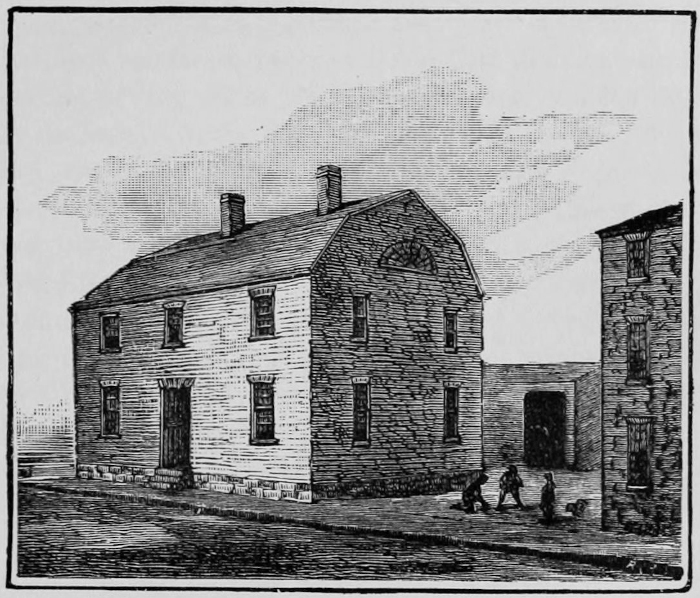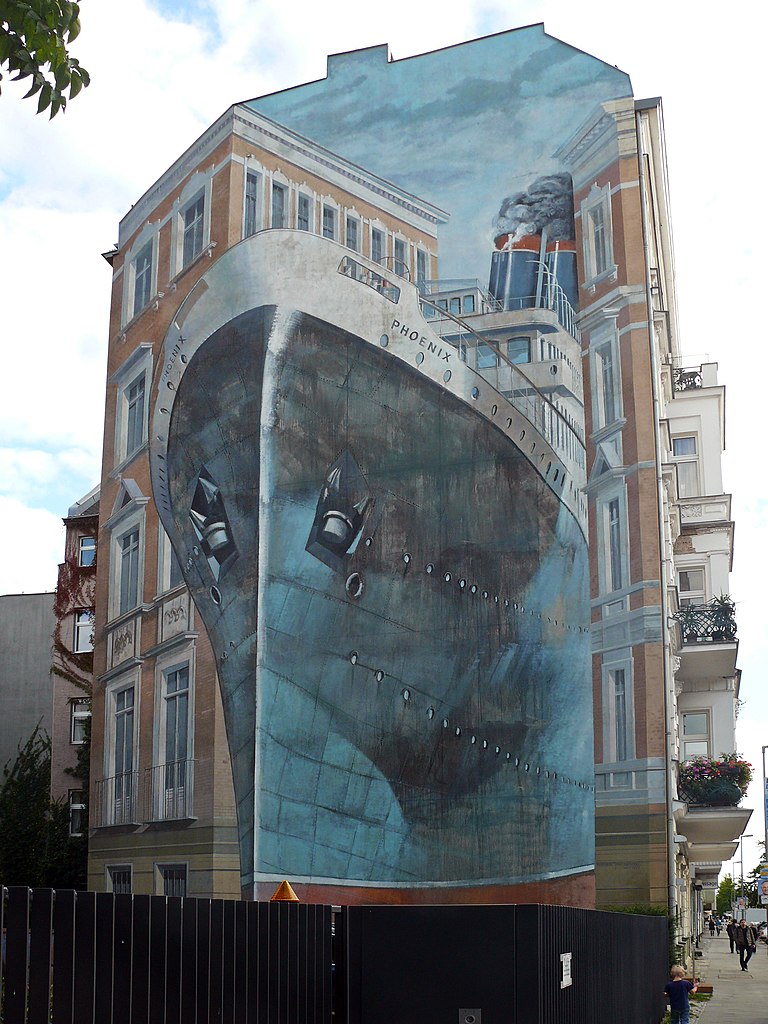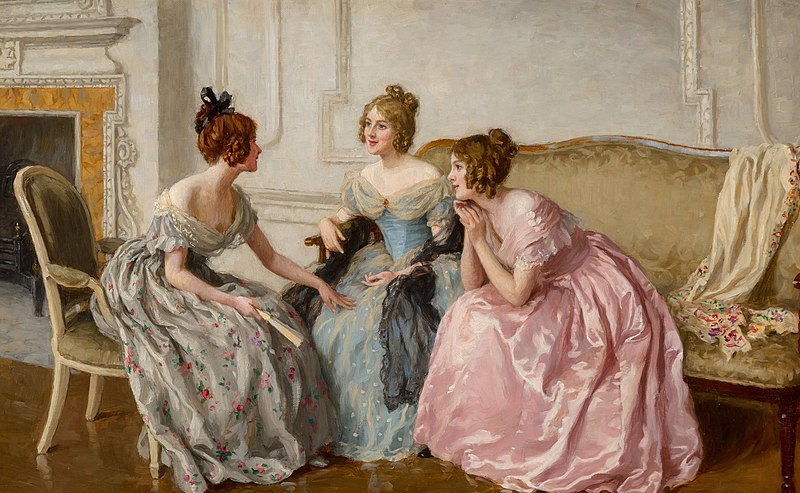Seinfeld began and ended with the same line.
Letter Delivery
A High Purpose

The Massachusetts School Law of 1642 declared ignorance to be a satanic ill:
It being one chief project of that old deluder, Satan, to keep men from the knowledge of the Scriptures, as in former times by keeping them in an unknown tongue, so in these latter times by persuading from the use of tongues, that so that at least the true sense and meaning of the original might be clouded and corrupted with love and false glosses of saint-seeming deceivers; [we resolve] that learning may not be buried in the grave of our forefathers, in church and commonwealth, the Lord assisting our endeavors.
It ordered every town of more than 50 families to hire a teacher and every town of more than 100 families to establish a grammar school, an early step toward public education in the United States.
Incoming

Artist Gert Neuhaus painted this mural on a Berlin wall in 1989.
He called it The Phoenix.
Misc
- Dorothy Parker said that James Thurber’s cartoon figures had the “semblance of unbaked cookies.”
- In typing AUTHENTICITY, the left and right hands alternate.
- P.G. Wodehouse wrote the last 26 pages of Thank You, Jeeves in one day.
- INTERROGATIVES is an anagram of both REINVESTIGATOR and TERGIVERSATION.
- 1232882 + 3287682 = 123288328768
(Thanks, Steve.)
Leapfrog
A puzzle by Y. Ionin, from the September/October 1990 issue of Quantum:
Three frogs occupy three vertices of a square. When one frog jumps over another, it lands beyond it at the same distance that had originally separated them. Can any frog reach the fourth vertex?
All Right
In a French journal Oscar Wilde once saw the drawing of a bonnet.
Under it were the words “With this style the mouth is worn slightly open.”
Javelin
A puzzle by Steven T., a systems engineer at the National Security Agency, from the NSA’s September 2016 Puzzle Periodical:
Three athletes (and only three athletes) participate in a series of track and field events. Points are awarded for 1st, 2nd, and 3rd place in each event (the same points for each event, i.e. 1st always gets “x” points, 2nd always gets “y” points, 3rd always gets “z” points), with x > y > z > 0, and all point values being integers.
The athletes are named Adam, Bob, and Charlie.
- Adam finished first overall with 22 points.
- Bob won the Javelin event and finished with 9 points overall.
- Charlie also finished with 9 points overall.
Question: Who finished second in the 100-meter dash (and why)?
Spotted
In a 1963 issue of Bokmakierie, a magazine for birdwatchers, Frank A. Goodliffe described a curiously familiar species he called Clericus polydenominata, the “dog-collared sombre blackbird”:
Identification: Similar to common laity but plumage and behaviour should serve to differentiate. Plumage black with narrow white collar — unbroken at throat. Feet black, of leathery appearance. Beak pink — often with blueish tint during winter months. When in groups are often seen with wings folded behind rump. … Habits: Usually found congregating with flocks of common laity, the females of which are frequently seen with plumage of vivid colours. Nesting: This usually occurs close to old buildings with spires. They are usually very friendly and may be seen around nesting sites of common laity at tea-time. … Call: The voice is distinctive, commencing ‘Brrrrr–rethren’ and continuing low and pleasant — often prolonged. Usually sings in congregations.
In a private booklet published four years later, M.A. Traylor suggested that the species belonged in the family of bishop birds.
Unquote

“How happy many people would be if they cared about other people’s affairs as little as about their own.” — G.C. Lichtenberg
“Most people enjoy the inferiority of their best friends.” — Lord Chesterfield
“We all have strength enough to endure the misfortunes of others.” — La Rochefoucauld
“I set it down as a fact that if all men knew what each said of the other, there would not be four friends in the world.” — Pascal

